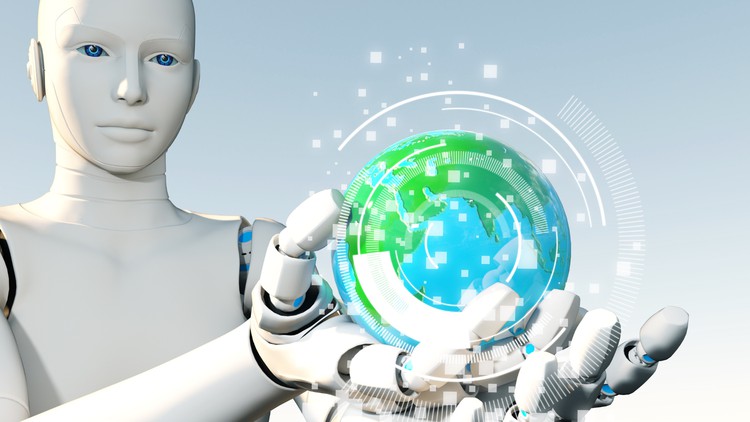Real World Auto Machine Learning Bootcamp: Build 14 Projects
Solve Data Science Problems Using Automated -ML, Learn To Use Eval ML, Pycaret, Auto Keras, Auto SK Learn, H20 Auto ML
4.61 (33 reviews)

924
students
10 hours
content
Nov 2024
last update
$59.99
regular price
What you will learn
Understand the full product workflow for the machine learning lifecycle
Write clean, maintainable and performant code
Have a great intuition of many Auto Machine Learning models
Master Machine Learning and use it on the job
Learn to perform Classification and Regression modelling
4539678
udemy ID
2/8/2022
course created date
2/15/2022
course indexed date
Bot
course submited by